The Ultimate Guide To Different Types Of Hydrangeas
The Ultimate Guide to Different Types of Hydrangeas
Hydrangeas are one of the most popular flowering shrubs in the world, and for good reason. They come in a wide variety of colors, shapes, and sizes, and they can add a touch of elegance and beauty to any garden. If you're thinking about adding hydrangeas to your own garden, it's important to do your research and choose the right type for your climate and growing conditions.
In this guide, we'll take a look at the different types of hydrangeas, their care requirements, and their best uses. We'll also provide some tips on how to choose the right hydrangeas for your garden.
Types of Hydrangeas
There are over 70 different species of hydrangeas, but only a few are commonly grown in gardens. The most popular types of hydrangeas include:
- Bigleaf hydrangeas (Hydrangea macrophylla) are the most well-known type of hydrangea. They have large, showy flowers that can be pink, blue, or purple. Bigleaf hydrangeas are relatively easy to grow, but they do need some shade and well-drained soil.
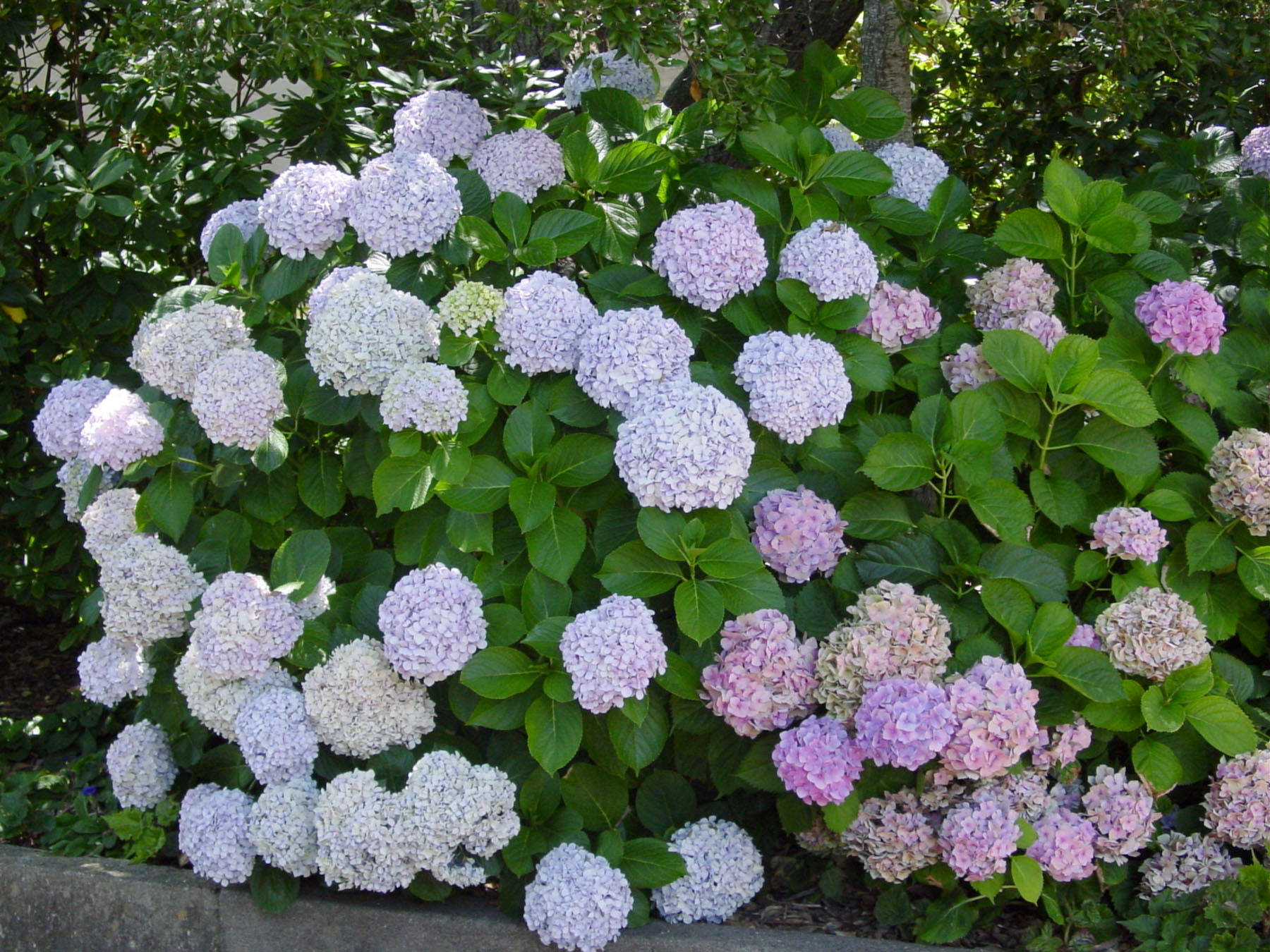
- Mophead hydrangeas are a type of bigleaf hydrangea that has large, rounded flower heads. They are the most popular type of bigleaf hydrangea.
- Lacecap hydrangeas are another type of bigleaf hydrangea. They have flowers that are arranged in a lace-like pattern. Lacecap hydrangeas are not as common as mophead hydrangeas, but they are just as beautiful.
- Panicle hydrangeas (Hydrangea paniculata) are a type of hydrangea that has cone-shaped flower clusters. They are known for their long bloom time, which can last from early summer to late fall. Panicle hydrangeas are relatively easy to grow and are hardy in zones 3-8.
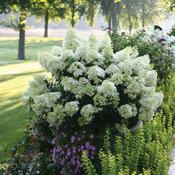
- Smooth hydrangeas (Hydrangea arborescens) are a type of hydrangea that has white flowers. They are native to North America and are hardy in zones 3-8. Smooth hydrangeas are easy to grow and are relatively pest- and disease-free.
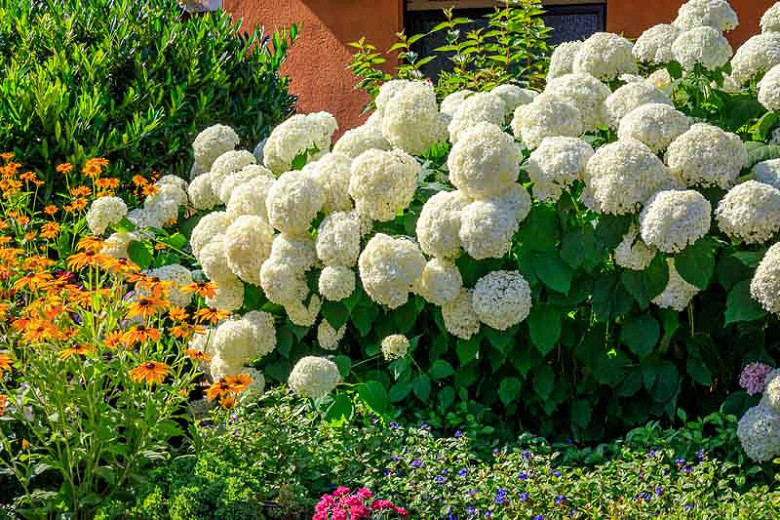
- Oakleaf hydrangeas (Hydrangea quercifolia) are a type of hydrangea that has leaves that resemble oak leaves. They have white flowers that turn pink or red in the fall. Oakleaf hydrangeas are hardy in zones 4-8 and are relatively easy to grow.
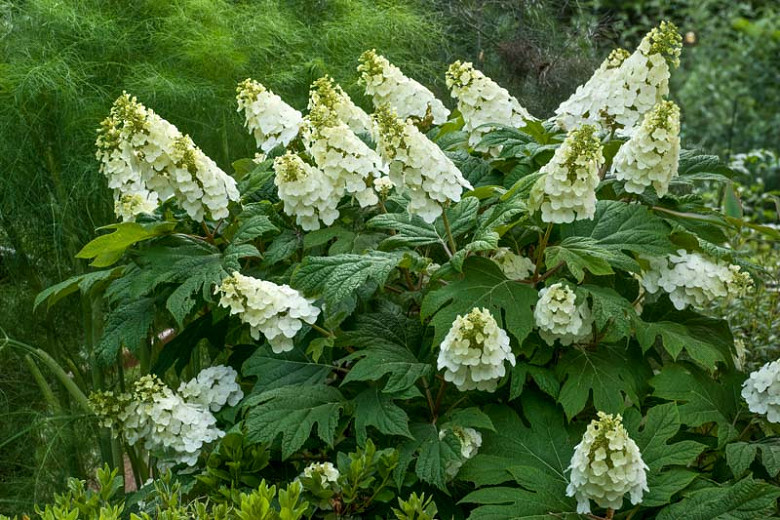
- Climbing hydrangeas (Hydrangea anomala petiolaris) are a type of hydrangea that can climb trees or walls. They have white flowers that bloom in the summer. Climbing hydrangeas are hardy in zones 4-8 and need partial shade.

Care Requirements
The care requirements for hydrangeas vary depending on the type. However, all hydrangeas need well-drained soil and some shade. They also need to be watered regularly, especially during the hot summer months.
In addition to water and sun, hydrangeas also need fertilizer. You can fertilize hydrangeas in the spring and fall with a balanced fertilizer.
Best Uses
Hydrangeas can be used in a variety of ways in the garden. They can be planted as single shrubs, in groupings, or in hedges. Hydrangeas can also be used as container plants.
If you're looking for a hydrangea to add some color to your garden, consider a bigleaf hydrangea or a panicle hydrangea. If you're looking for a hydrangea that is easy to grow, consider a smooth hydrangea or an oakleaf hydrangea.
No matter what type of hydrangea you choose, you're sure to add a touch of beauty and elegance to your garden.
Conclusion
Hydrangeas are a beautiful and versatile addition to any garden. With so many different types to choose from, you're sure to find the perfect hydrangea for your needs. With a little care, hydrangeas will thrive for many years to come.
Hydrangeas are beautiful flowering shrubs that come in a variety of shapes, sizes, and colors. There are over 70 different species of hydrangeas, each with its own unique characteristics. Some of the most popular types of hydrangeas include:
- Bigleaf hydrangeas (Hydrangea macrophylla) are known for their large, showy flowers that can be pink, blue, or purple. They are a hardy plant that can grow in USDA zones 3-9.
- Smooth hydrangeas (Hydrangea arborescens) are smaller than bigleaf hydrangeas and have smaller, white flowers. They are also hardy, growing in USDA zones 3-9.
- Panicle hydrangeas (Hydrangea paniculata) have large, cone-shaped flowers that can be white, pink, or purple. They are a hardy plant that can grow in USDA zones 3-8.
- Oakleaf hydrangeas (Hydrangea quercifolia) have large, oak-shaped leaves and white flowers that turn pink in the fall. They are a hardy plant that can grow in USDA zones 4-9.
- Climbing hydrangeas (Hydrangea anomala petiolaris) are a vine-like hydrangea that can climb up to 60 feet. They have white flowers that bloom in the summer. They are a hardy plant that can grow in USDA zones 4-8.
If you are interested in learning more about different types of hydrangeas, I recommend visiting . This website has a wealth of information on hydrangeas, including their different types, care requirements, and more.
FAQ of different types of hydrangeas
- What are the different types of hydrangeas?
There are over 70 different species of hydrangeas, but the most common ones are:
- Mophead hydrangeas: These hydrangeas have large, rounded flower heads that can be up to 12 inches in diameter. The colors of mophead hydrangeas can vary depending on the pH of the soil, with blue blooms in acidic soil and pink or red blooms in alkaline soil.
- Panicle hydrangeas: These hydrangeas have tall, upright flower spikes that can reach up to 6 feet in height. The flowers of panicle hydrangeas are typically white, but they can also be pink, red, or purple.
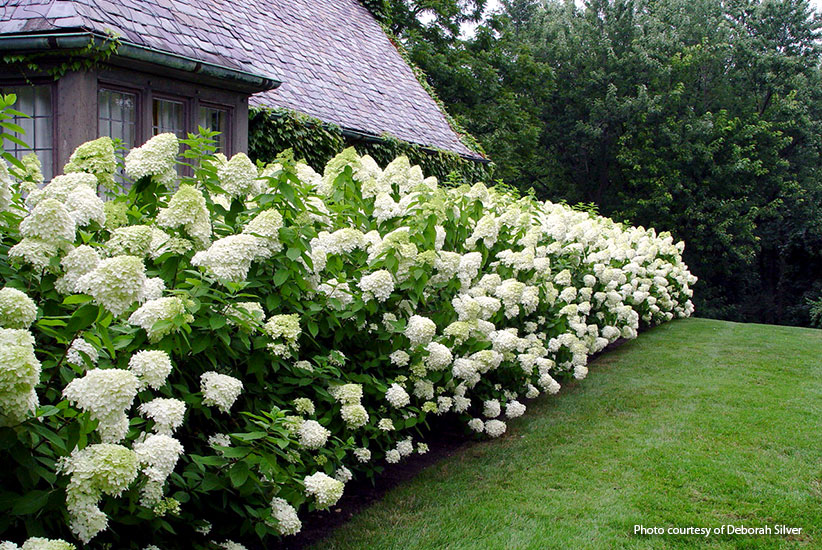
- Smooth hydrangeas: These hydrangeas have small, delicate flowers that are arranged in flat clusters. The colors of smooth hydrangeas can vary from white to pink to blue.

- Tree hydrangeas: These hydrangeas are large shrubs or small trees that can grow up to 30 feet tall. The flowers of tree hydrangeas are typically white, but they can also be pink, red, or purple.
- Azaleas: Azaleas are technically not hydrangeas, but they are closely related. Azaleas have small, colorful flowers that bloom in the spring. The colors of azaleas can vary widely, including white, pink, red, purple, and yellow.
- What makes hydrangeas different colors?
The color of hydrangea flowers is determined by the pH of the soil. In acidic soil (pH less than 7), hydrangeas will bloom blue. In neutral or alkaline soil (pH 7 or above), hydrangeas will bloom pink or red. You can change the color of your hydrangeas by adjusting the pH of the soil. To make hydrangeas bloom blue, add aluminum sulfate to the soil. To make hydrangeas bloom pink or red, add lime to the soil.
- How much sun do hydrangeas need?
The amount of sun that hydrangeas need varies depending on the species. Some hydrangeas, such as mophead hydrangeas, prefer full sun. Others, such as smooth hydrangeas, prefer partial shade. It is important to check the specific requirements of the hydrangea variety you are planting.
- How much water do hydrangeas need?
Hydrangeas need regular watering, especially during hot, dry weather. The soil should be kept moist, but not soggy. You may need to water your hydrangeas more often if they are planted in sandy or well-drained soil.
- How do I care for hydrangeas in the winter?
Hydrangeas are hardy plants, but they may need some protection from the cold in winter. If you live in an area with cold winters, you may want to cover your hydrangeas with a burlap sack or other protective covering. You may also need to cut back the hydrangeas in the fall to help them survive the winter.
Post a Comment for "The Ultimate Guide To Different Types Of Hydrangeas"